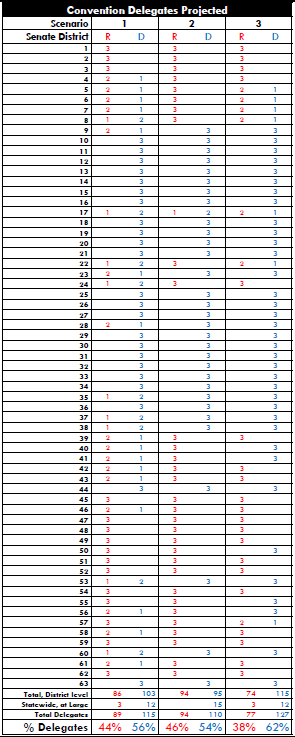When you vote today for New York Attorney General, ask yourself: What’s their actual job?
Based on the campaigning by candidates in the Democratic primary it’s clear they think voters value independence from the executive, so that they can end corruption in Albany.
While all the candidates for the post have campaigned on acting as the state’s chief prosecutor, there’s no such description in the state constitution. There are some limited statutory powers that support the prosecutorial role. Eliot Spitzer, for example, rediscovered the attorney general’s extensive powers under the Martin Act, passed in 1921 to counter rampant securities fraud. Because New York is an international financial capital, the state’s AG is uniquely situated to be a major player in policing the national economy. Here’s one place where independence does count. Spitzer’s aggressive pursuit of abuses by big Wall Street brokerage houses and investment banks, followed by Andrew Cuomo’s and Eric Schneiderman’s after him, made the New York attorney general a nationally important figure.
But what about promising to crack down on corruption in Albany? Read the candidates’ campaign literature and you find that all say that once in office they’ll fight for constitutional and legal changes that would give them that latitude. Right. How is that going to fly? Will the Legislature and the Executive easily yield to this oversight?
The attorney general’s actual bread and butter is anything but independent criminal investigation. The main job is chief lawyer, representing the executive branch of state government in court and advising state agencies on legal matters.
This requires coordination with not independence from the governor. The AG’s office has in the past declined to act on the executive’s behalf, but should it, and if so when and why? (You can read more about the history of the AG in our post on the Gotham Gazette.)
Also know that when you vote today, you may be voting for our next governor. Despite the fact that Spitzer had to resign in disgrace and Schneiderman’s own sexual abuse scandal cost him the AG job, it has become the track to the executive.
You’re also voting for a check on the White House.
Because Donald Trump is a New Yorker the AG can directly investigate Trump for his pre-presidential personal and professional financial practices. One result is the current lawsuit seeking the dissolution of the Trump Foundation for persistent illegal practices over at least a decade. Further, it’s widely assumed that whoever emerges from the Democratic primary will not only win the statewide office in November (Democrats hold a nearly two-to-one majority in the electorate), they’ll go after Trump directly. Zephr Teachout has campaigned openly on suing Trump on violations of the U.S constitution’s emoluments clause. And while she didn’t have standing in her pursuit of this angle when she brought emoluments charges in 2017, as AG she or whoever else wins the office would presumably have standing as the representative of all New Yorkers.
So this office is incredibly powerful and relatively unique because it’s a state office with federal reach. Just know that whoever wins may have more power to impact corruption on Wall Street and in Washington than in Albany.






